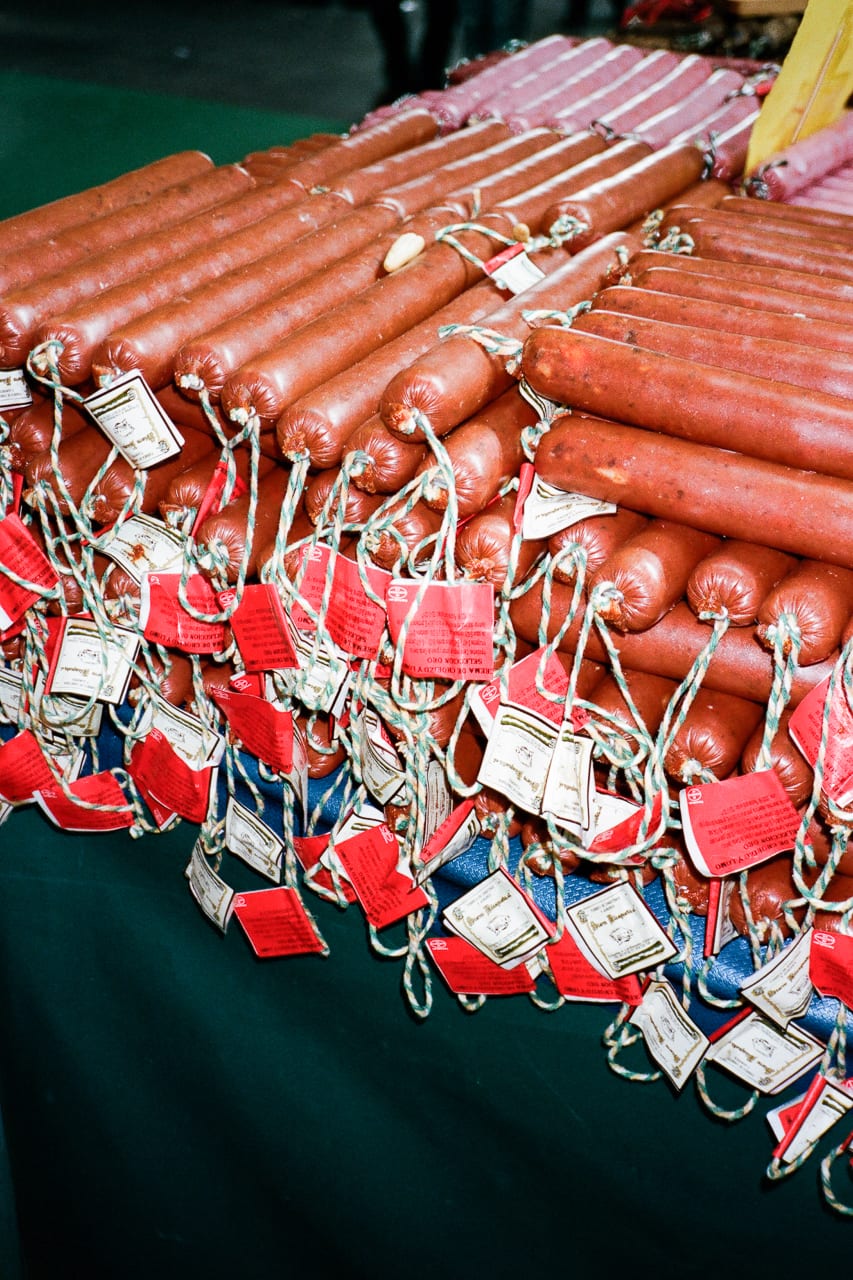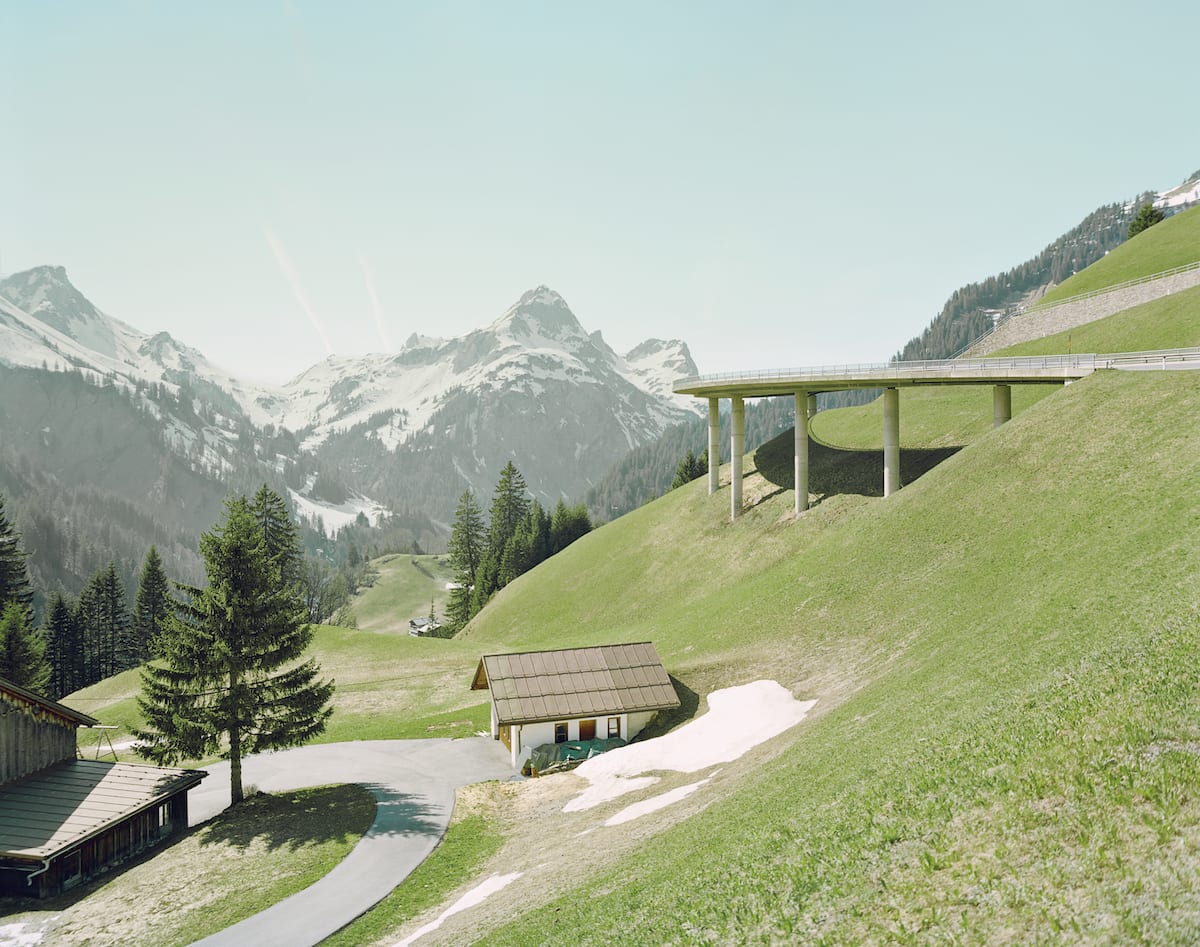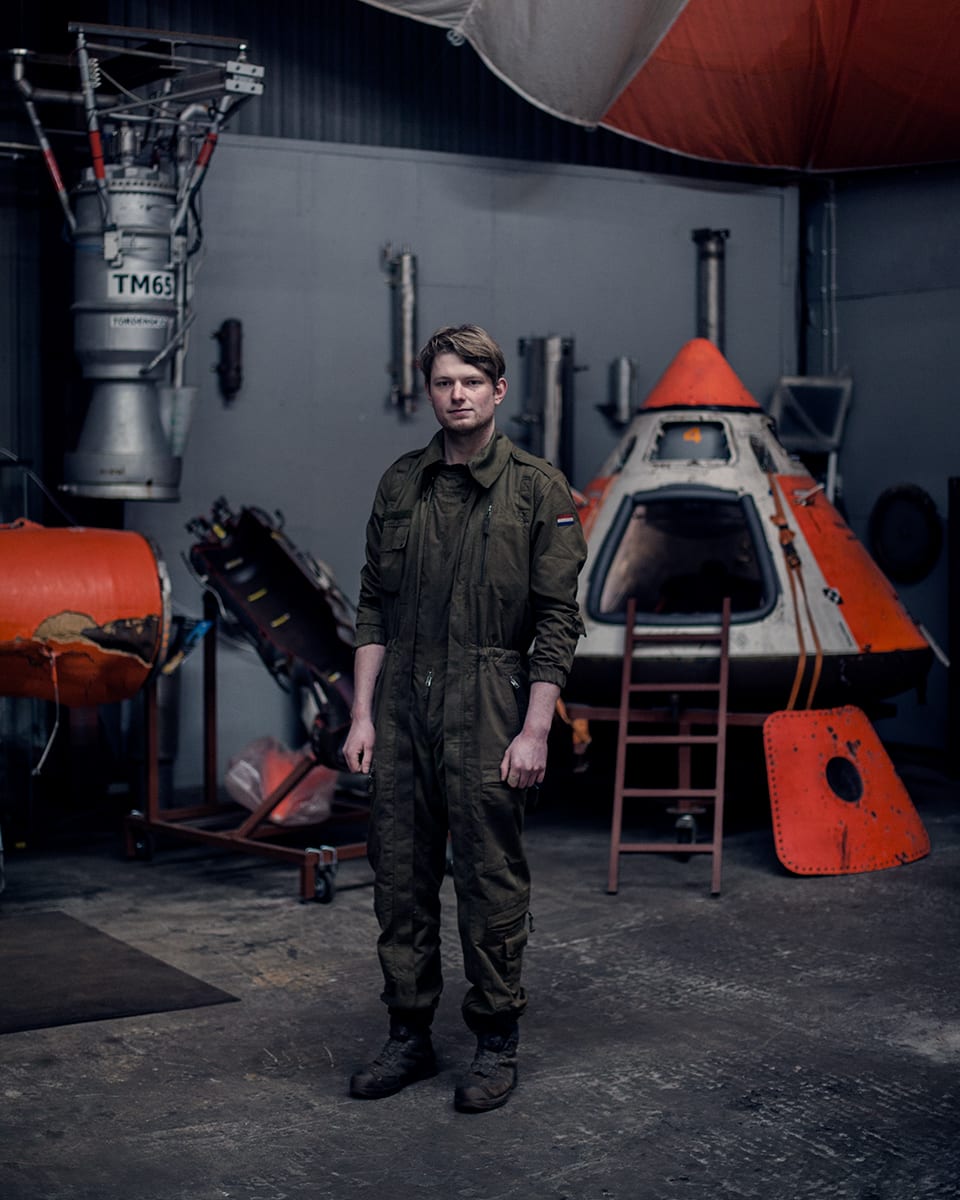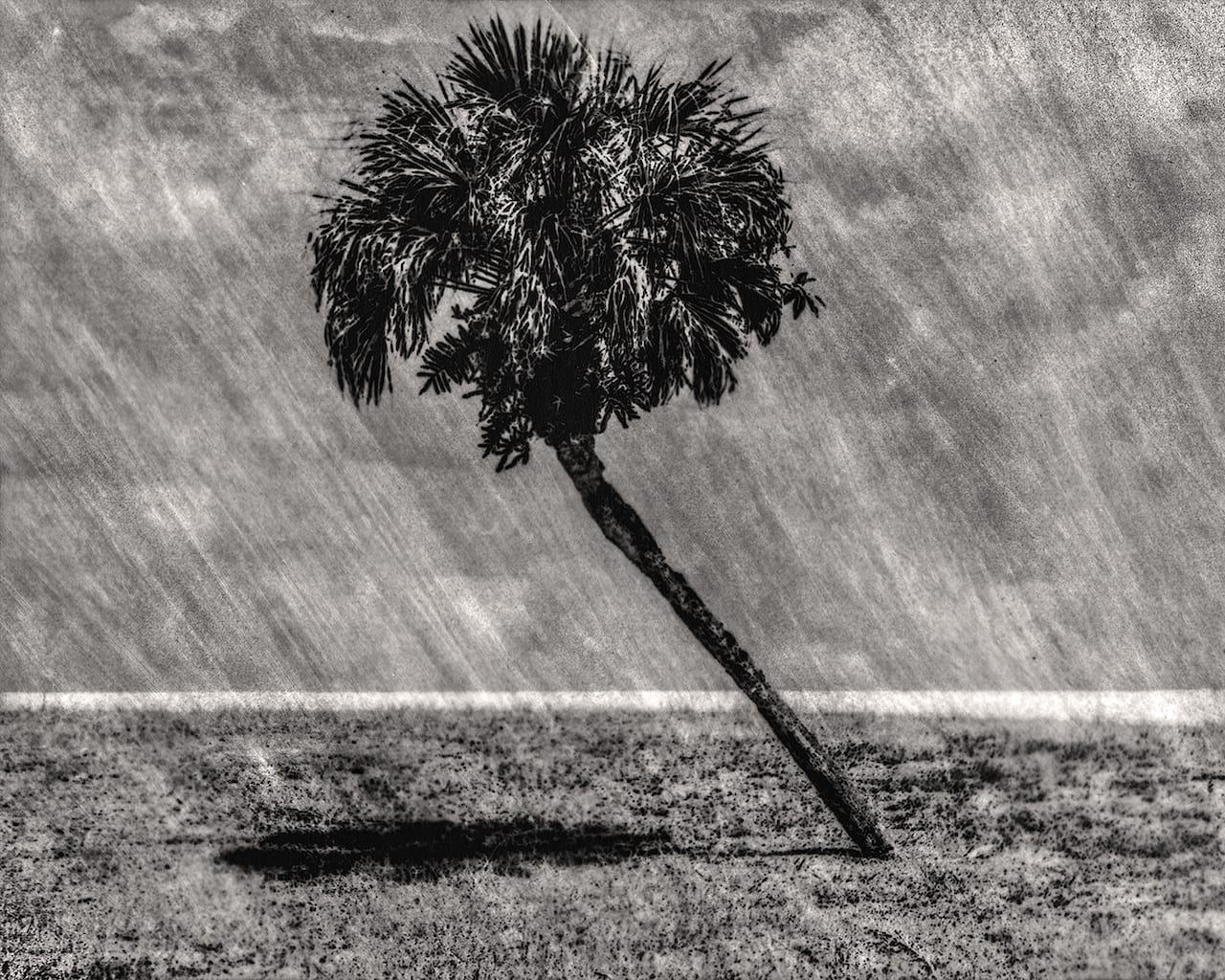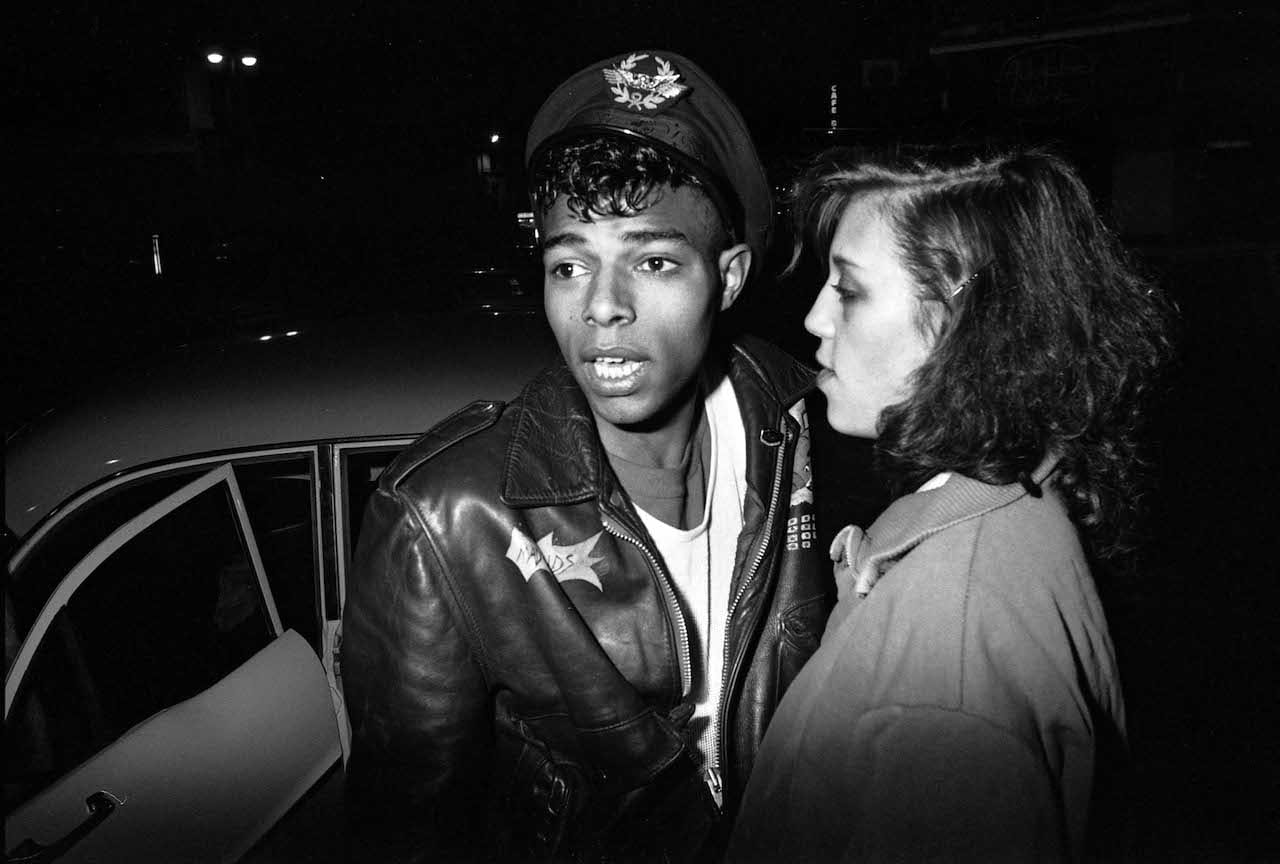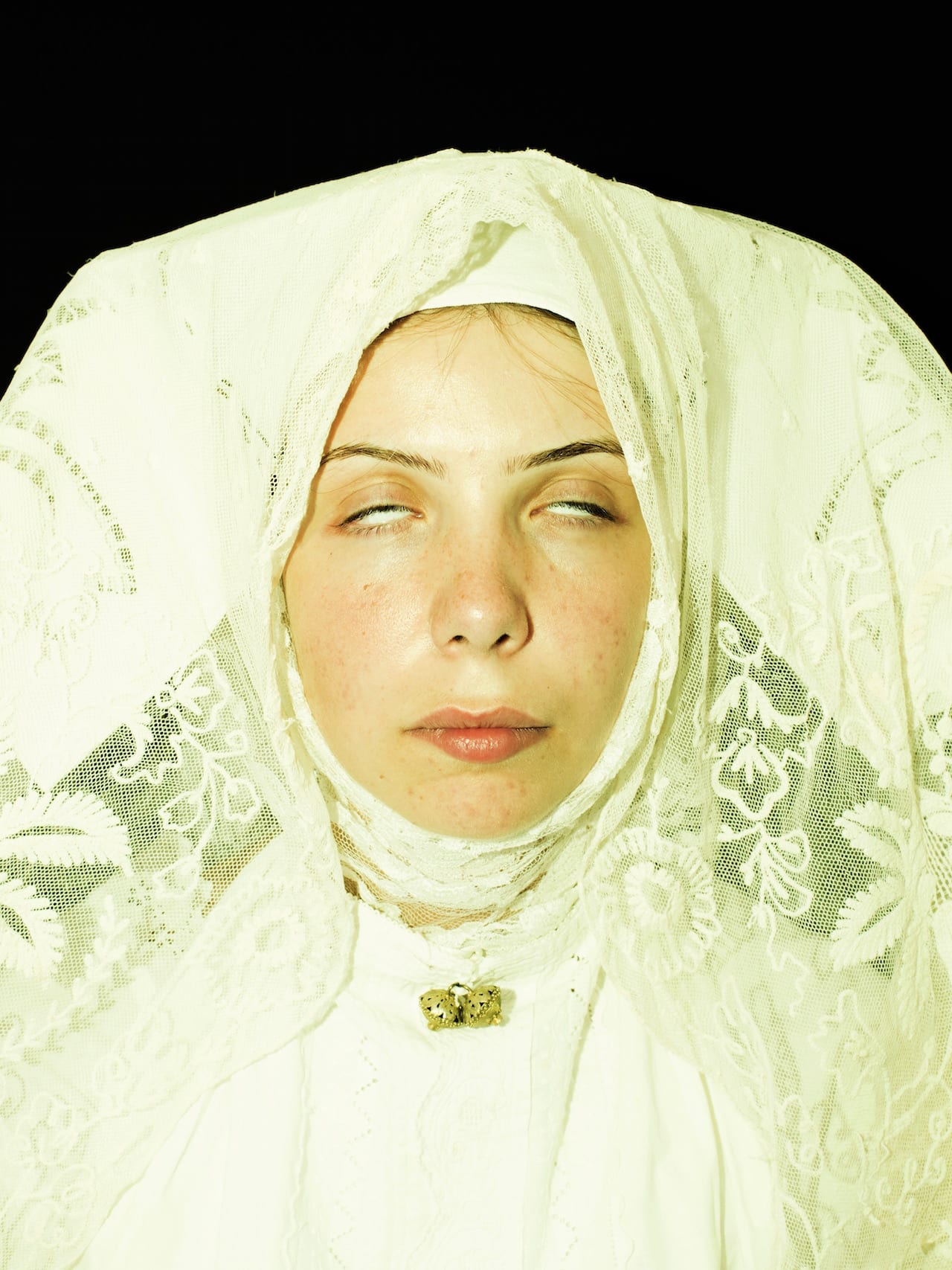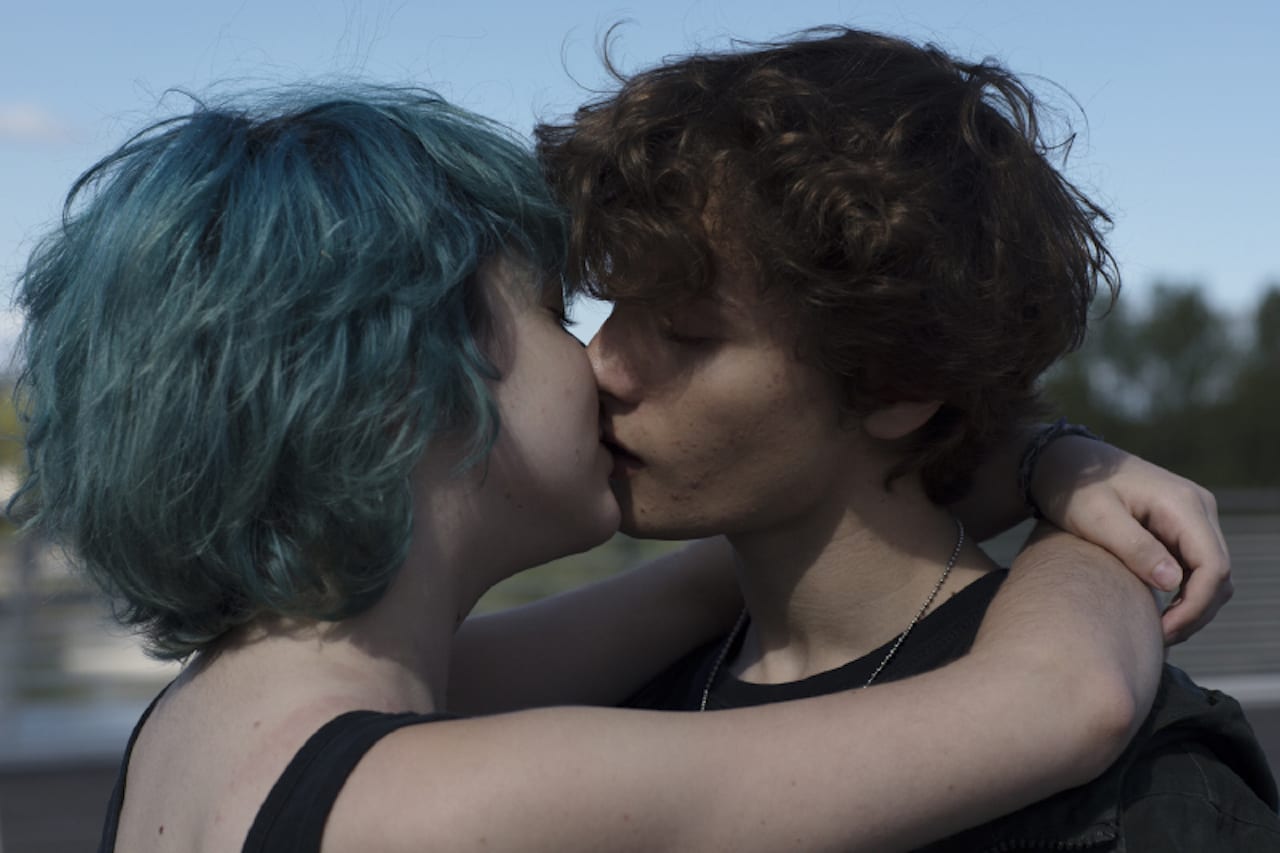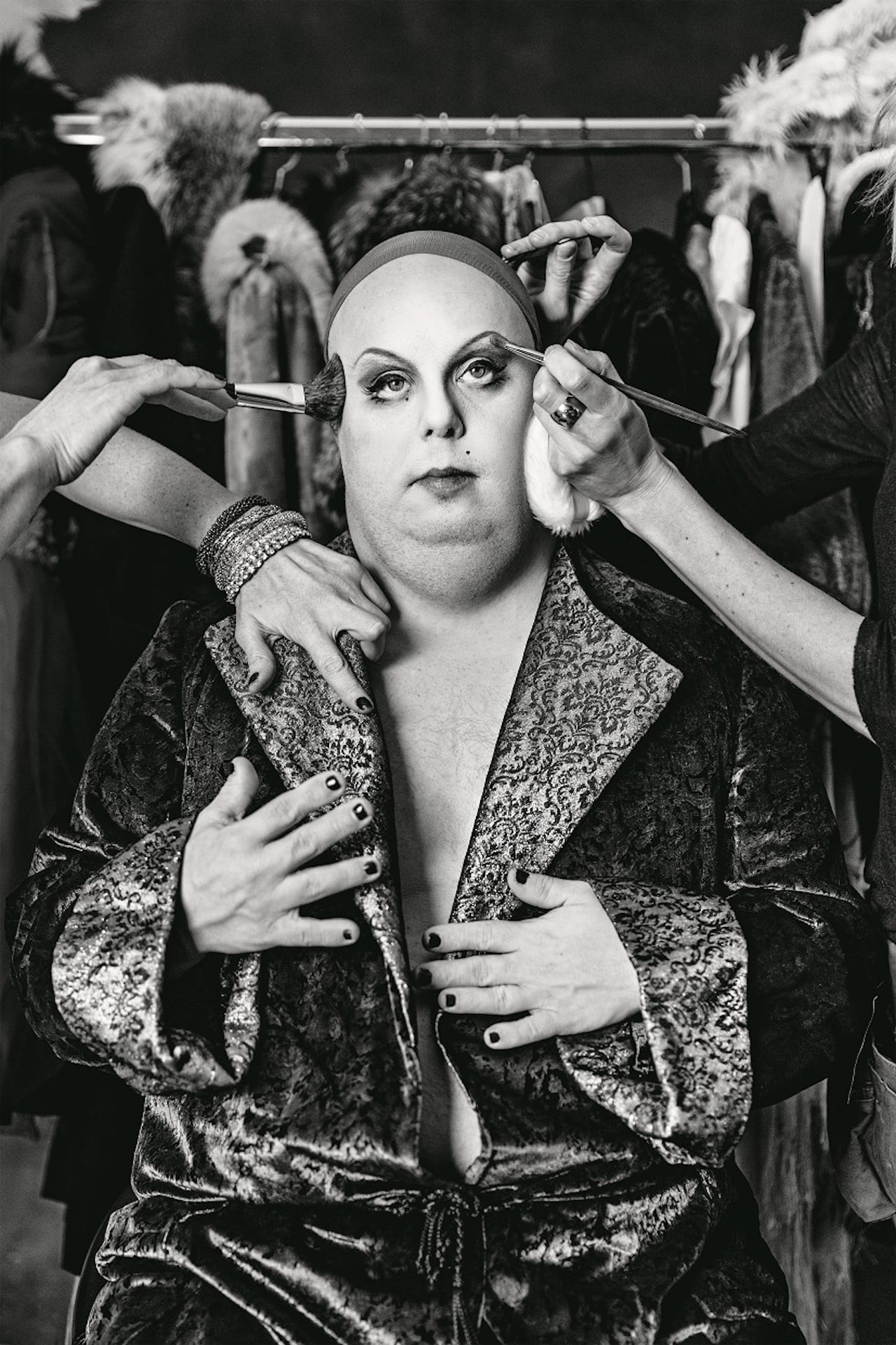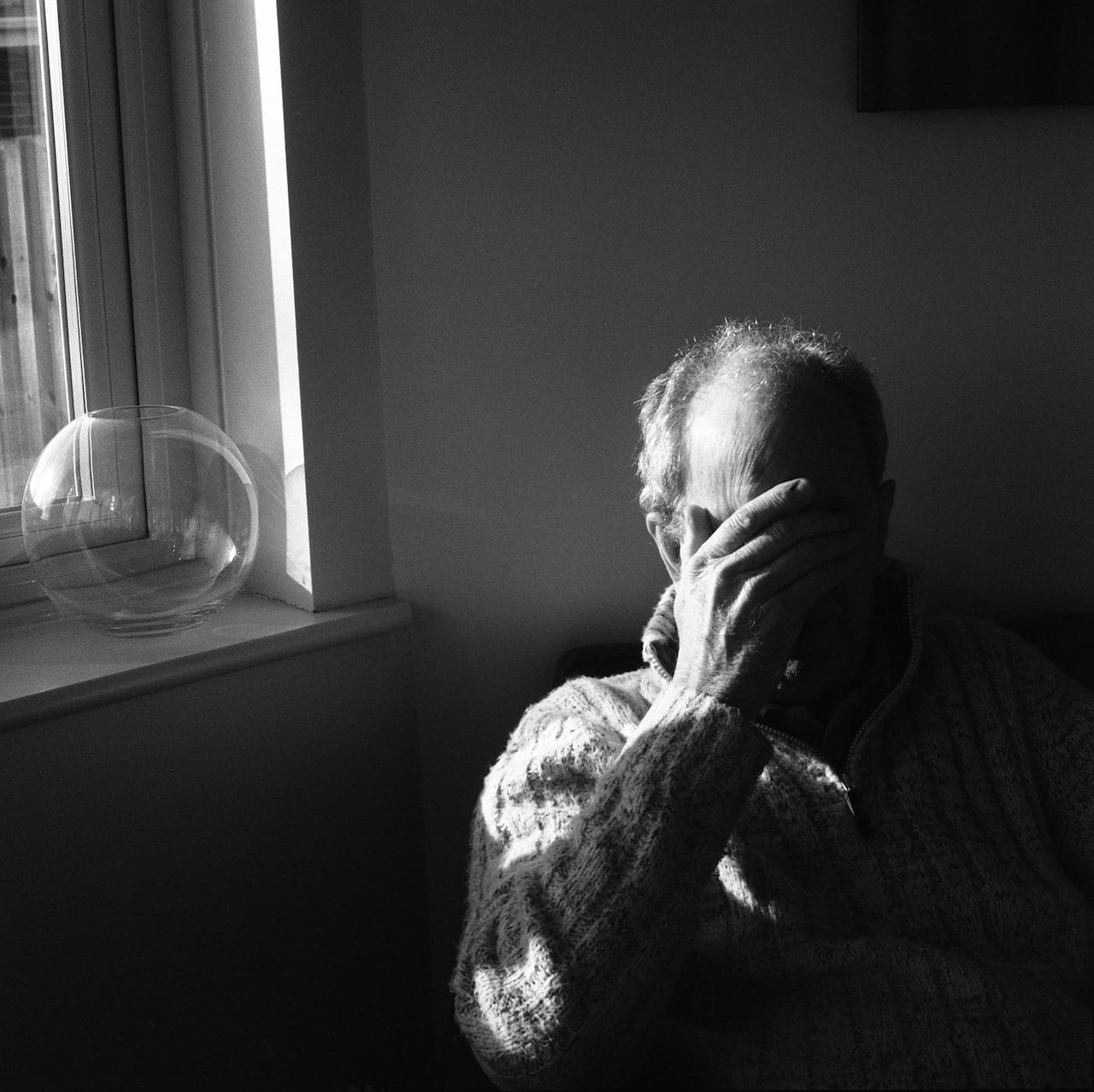José David Valiente’s graphic flash-lit images render his native Spain in an uncanny light. Drawn to the peculiar and mysterious, his projects steer towards the oddities of everyday human behaviour. From documenting the surreal atmosphere and prized pigs of the Semana Porcina – an annual food-farming fair held in his hometown, Lorca – to capturing the dark energy of the underground punk scene, the 31-year-old’s offbeat vision sheds light on diverse aspects of Spanish society.


